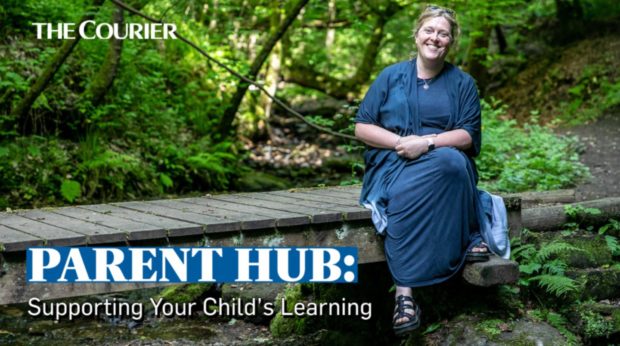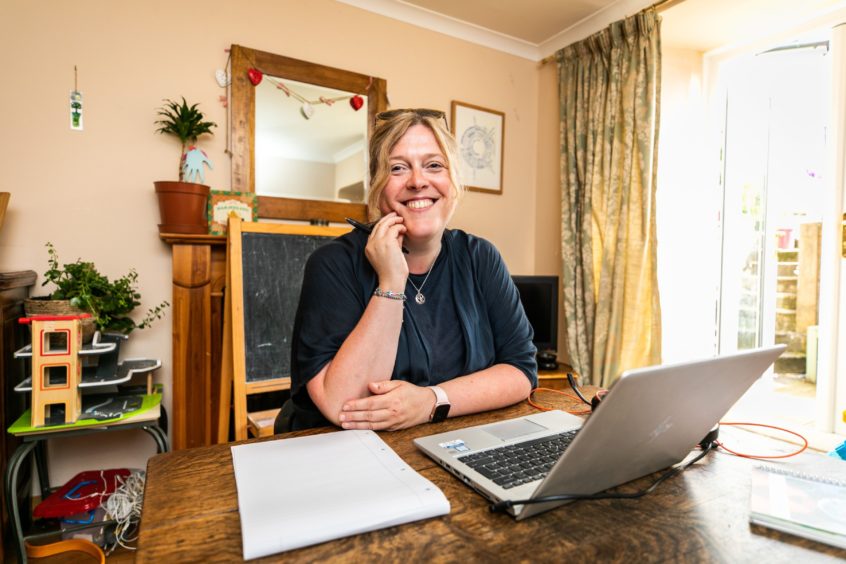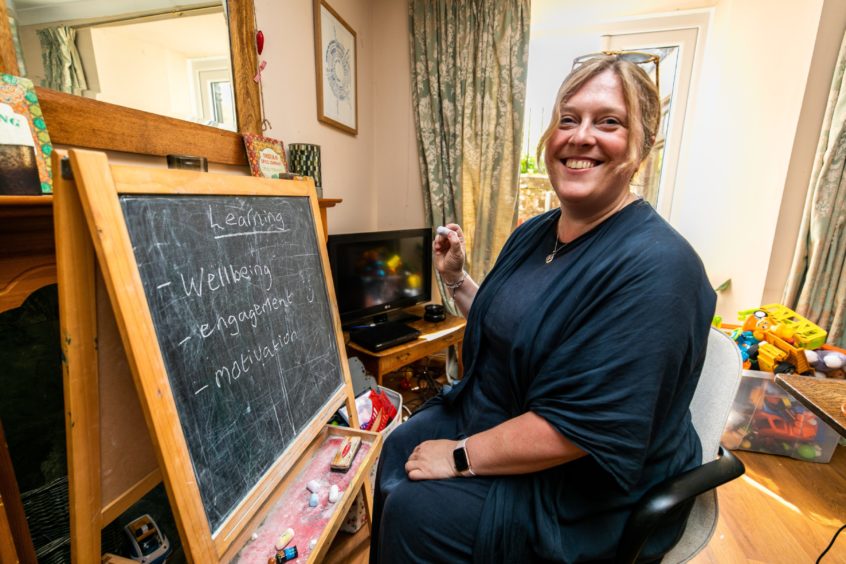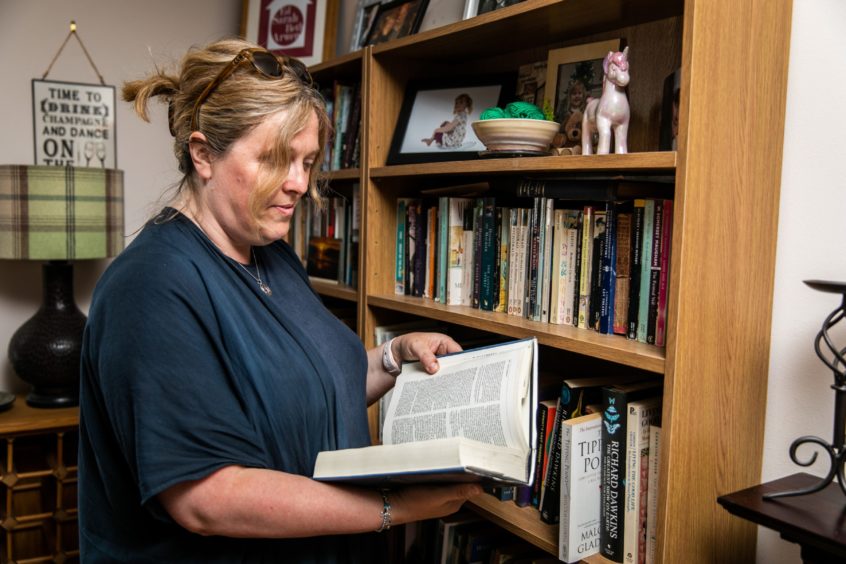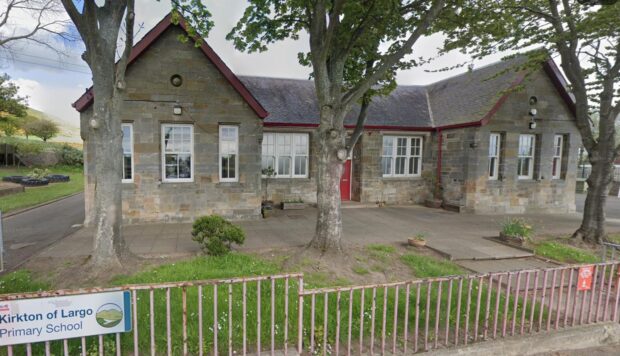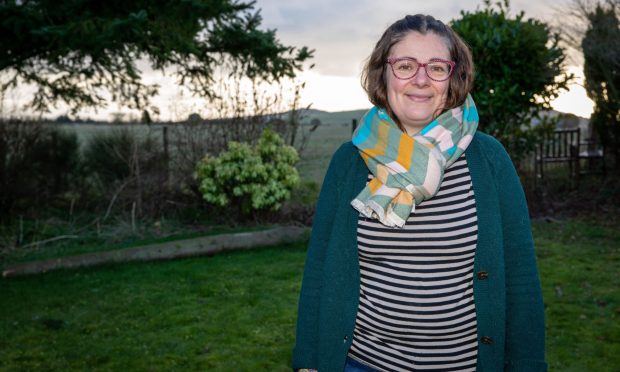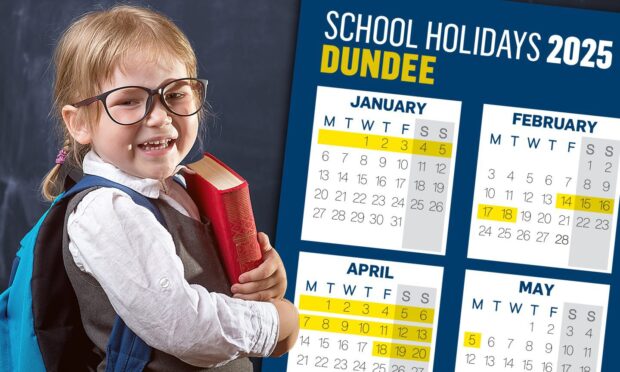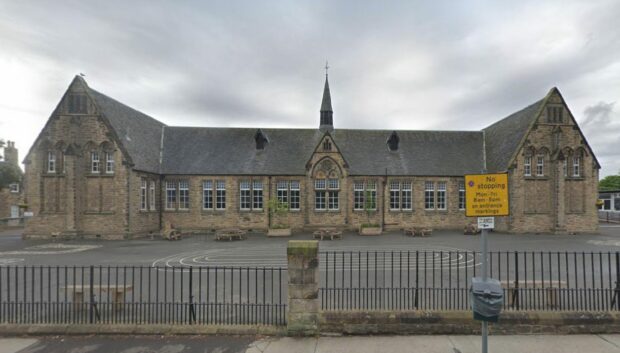Allowing young people to take ownership of their learning will help them thrive, says a Dundee based educational psychologist.
Dr Sarah Hulme, educational psychologist at the University of Dundee, says working with your child to create a personalised approach to learning is key to supporting them.
As many families across the country consider how to make up for lost school time due to the pandemic, Sarah says parents should resist the temptation to tell children where, when and how to study.
Sarah, herself a mother of two, who lives in Fife, said: “Someone being in control of your learning is actually quite disempowering.
“How children relate to their own learning is a very individual thing and everybody will relate to their own learning in a different way.”
Sarah suggests that parents should instead talk with their children about their preferences in relation to their learning environment – such as noise levels or a designated study area.
She said: “Ask them ‘what can I do to help you?’ Some young people might not be able to answer that immediately, but schools are doing a really good job helping them recognise different learning styles.
“Don’t make assumptions that just because you learned in a certain way, then that young person will learn in the same way – we all learn in different ways.”
She added: “Actually what you’ll be doing in the long run is giving them tools to be able to manage their own learning when they are more independent.”
Helping youngsters devise their own plan for learning, especially if there is a specific target to meet such as an exam, can help them feel more in control, Sarah says.
That feeling of being more in control will improve children’s overall wellbeing and reduce stress and anxiety about their learning, particularly if they have a hectic life, she says.
Active learner
Children of all ages learn more by being active learners, says Sarah – a view shared by famous psychologist Piaget and the ideas which underpin the Scottish education system.
That means children actively exploring their learning environment, allowing them the opportunity to do that on their own terms and figure out their own boundaries.
Sarah said: “Anytime you can, give children something to do or to be involved in that’s going to bring the learning to life.
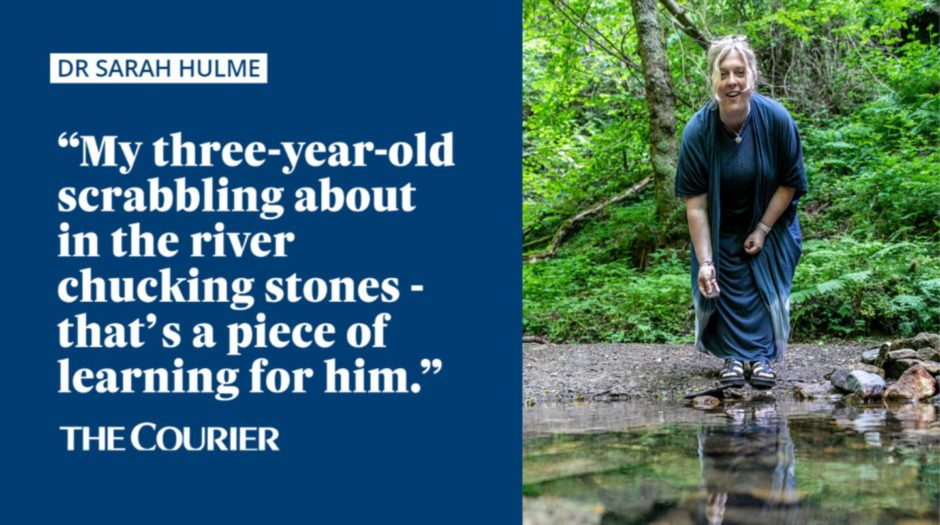
“My three-year-old scrabbling about in the river chucking stones – that’s a piece of learning for him.
“He’s learning about forces, floating and sinking, about his own body, how far he can chuck things and how far he can go without falling in the river, so all of these things are happening constantly but it’s on his own terms.”
Sarah adds that paying attention to what your child is communicating to you about what they want to learn about can be key to sparking their motivation.
She said: “Motivation is essential to be an effective learner.
“If you try and do the learning in a way where the child’s not motivated about it then they will just sit there feeling bored.
“But when you do something (active), they often don’t realise they’re learning and sometimes parents don’t realise they’re learning either because you think you’ve just been playing.”
However as well as encouraging motivation, listening to your child’s interests and expanding on them will also support their emotional needs, she says.
‘Just do life’
The best way parents can support their child’s learning is by simply being a parent, says Sarah.
By making the time to be with them, playing with them and doing the things they are interested in, parents are already helping them learn in so many ways, she says.
She said: “We put a lot of pressure on ourselves as parents that we should be doing certain things.
“But by putting that pressure on ourselves, I think we forget how much value there is in parents being parents and spending time with their kids and letting them play.
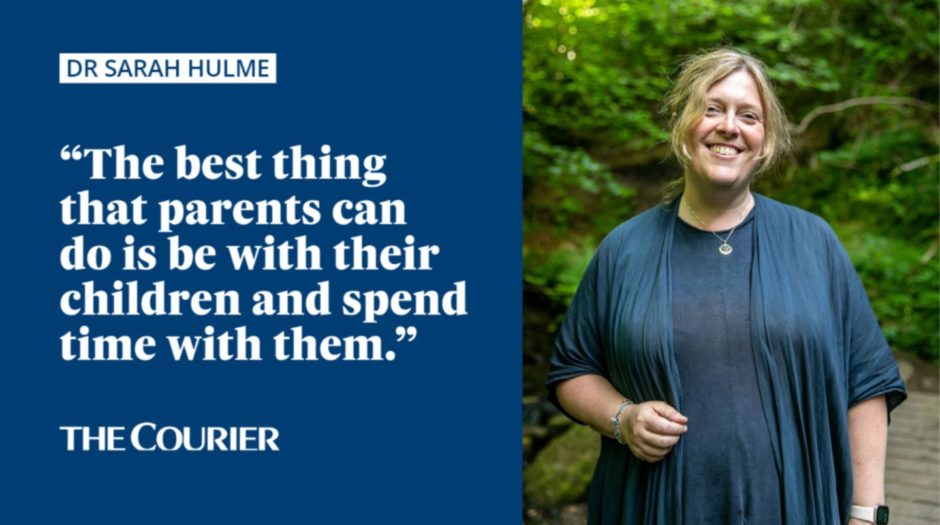
“They learn so much within in the home – it doesn’t have to be within a formal curriculum.
“Just doing the things that we do in life will help children learn.”
*
Next, parents are warned that focusing on children’s catch up in lost learning is ‘misguided’, by another Dundee-based educational psychologist.
Dr Suzanne Zeedyk says we should instead be focusing on supporting children’s recovery from the pandemic, in the final Part 4 of our Parent Hub: Supporting Your Child’s Learning series.
Did you miss Part 1? Interculturalist and educator, Dr Cornelius Grove, explained why he thinks leaning is ‘not about fun’.
And in Part 2 James McTaggart disagreed, urging parents not to create a ‘tussle’ between fun and learning.
